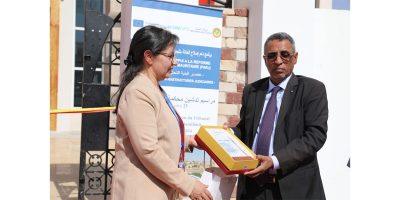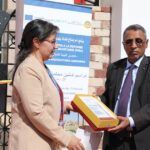By Michel Haoses
Kenya, Lesotho, Namibia, and Niger have been added to the list of 18 countries where high levels of acute food insecurity are expected to increase because of conflict, economic stability, and climate shocks that will require urgent action between November 2024 and May 2025.
The updated Food Security report released by the World Bank Group cites the Food and Agriculture Organisation of the United Nations and the World Food Programme’s Hunger Hotspots Report which warns against increasing acute food insecurity in 16 countries.
The report notes Haiti, Mali, Palestinian territories, and South Sudan as high-risk countries facing famine or risk of famine or with populations already in Catastrophe while Chad, Lebanon, Myanmar, Mozambique, Nigeria, Syria, and Yemen are classified as hotspots of very high concern. Burkina Faso, Ethiopia, Malawi, Somalia, Zambia, and Zimbabwe remain designated as hunger hotspots.
It identifies conflict, climate, and economy as the primary drivers of food insecurity with conflict as the primary driver of hunger in 15 hotspots, disrupting production and market access, displacing populations, and obstructing humanitarian access.
It further notes that economic disparities and high debt levels in many developing countries and territories impede governments’ capabilities to protect their populations from poverty and climate shock, despite slight declines in global interest rates, many governments remain fiscally constrained.
Meanwhile, La Niña, expected to persist through March 2025, may improve agricultural prospects in some areas, but increase the risk of flooding in parts of Malawi, Mozambique, Nigeria, South Sudan, Zambia, and Zimbabwe. However,r this may cause drier-than-average conditions in southern and southeastern Ethiopia, eastern Kenya, and Somalia.
In East and Southern Africa, an estimated 79 million people will be food insecure by April 2025, particularly in Sudan, Ethiopia, South Sudan, and Somalia projecting 20 million, 13 million, 8 million, and 5 million people respectively.
According to the report, in East Africa, staple food prices stabilized or declined across markets in September, with green harvests contributing to price stability, particularly in Ethiopia, Keny, and Tanzania and parts of Somalia, South Sudan, Sudan, and Uganda, although prices remained high in areas experiencing trade disruptions from floods, conflict, and poor road conditions.
However, staple food prices remained high in Southern Africa, driven by tight regional white maize supplies and an increase in demand for imports. South Africa’s white maize prize exceeded yellow maize prices because of limited regional and international availability. At the same time, significant demand from Botswana, Malawi, Mozambique, Zambia, and Zimbabwe further tightened regional stocks.
Conditions in Southern Africa are expected to be widespread in the areas of southern Malawi, southern Mozambique, and Zimbabwe, affected bEl-induceded drought, with an increasing number of people expected to face Crisis conditions through at least early 2025.
High food prices continued to fuel inflation above target ranges in countries, particularly those facing macroeconomic challenges such as Angola, Democratic Republic of Congo, Malawi, Zambia, and Zimbabwe, although inflation moderated in Mozambique, South Africa, and Tanzania.
















